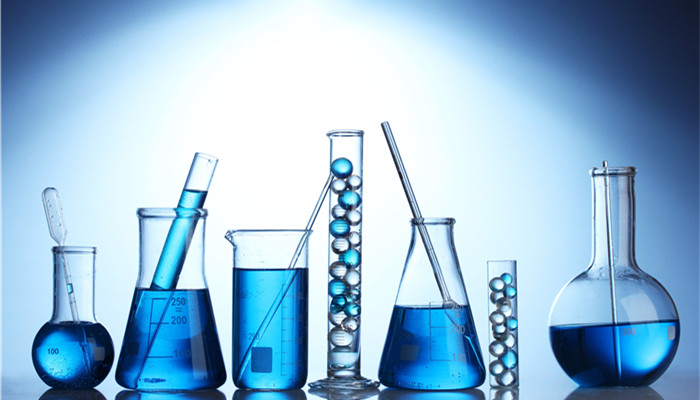
Driven by the rapid development of the biopharmaceutical market, the scale of chromatography reagents continues to rise
Chromatographic reagents refer to chemical reagents used for chromatographic analysis, chromatographic separation, and chromatographic preparation. There are many types of chromatography reagents, with the number of types up to 200. According to different materials, they can be divided into thin layer chromatography reagents, column chromatography reagents, ion chromatography reagents, ion pair chromatography reagents, gas chromatography (GC) reagents, and high-pressure liquid chromatography. (HPLC) reagents, etc.; according to different states and uses, they can be divided into chromatographic standards, solvents, supports, stationary solutions, buffers, ion standard solutions, ion pair reagents, derivatization reagents, etc.
Chromatography technology is the main way to achieve separation and purification, and chromatography reagents are one of the key materials required for chromatography technology, and their properties have a great influence on the effect of separation and purification. Chromatographic reagents are widely used in life sciences, biopharmaceuticals, food and beverages, environment, scientific research, pesticides, petrochemicals and other fields. Among them, biopharmaceuticals are currently the main application field of chromatographic reagents.
Biopharmaceuticals refer to products for prevention, treatment and diagnosis that are manufactured by comprehensively applying scientific principles and methods such as microbiology, biology, and medicine. Biomedicine is an important source of innovative drugs. Currently, against the background of the increasing number of the elderly population in the world and the rising incidence of chronic diseases year by year, the demand for clinical biomedicines has increased significantly, thus promoting the rapid development of the biopharmaceutical market. Against this background, the market demand for chromatographic reagents, as important materials required for the development and production of biopharmaceuticals, continues to grow.
Specifically, in the field of biopharmaceuticals, chromatographic reagents are used in high-capacity/high-throughput protein chromatographic separation, proteomic analysis, genomic analysis, concentration detection of pharmaceutical inorganic and organic substances, and pharmaceutical wastewater-related substances required for proteomics research. It is applied in content detection and other scenarios. The global biopharmaceutical market will exceed US$320 billion in 2022. Therefore, according to the“In-depth Market Research and Investment in the Chromatography Reagent Industry 2023-2028” released by the Industrial Research Center Prospect Forecast Analysis Report shows that the global chromatography reagent market continues to grow, and its market compound annual growth rate is expected to exceed 8% during 2023-2028, and the industry shows good development prospects.
Chromatography reagents are a technology-, talent-, and experience-intensive industry. Its product preparation requirements are high, the technology is difficult, and the industry entry threshold is high. The current global chromatography reagent market is mainly dominated by international companies that started earlier and have sufficient experience reserves, including Avantor of the United States, Bio-Rad of the United States, TEDIA of the United States, General Electric of the United States, Merck of Germany, Tosoh of Japan, etc.
Industry analysts said that due to the late start of domestic biopharmaceuticals, the development of China’s chromatography reagent market is relatively backward, and domestic enterprises and international There is a big gap between enterprises in terms of technology, experience, scale, etc. In the future, local enterprises will need to continuously improve their competitiveness. At present, the main domestic chromatography reagent companies include Santa Cruz Biotechnology, Concord Technology, Heyi Chemical, Yirenda Chemical, Safuri Technology, Chengchuang Kangyun Pharmaceutical, etc.

 微信扫一扫打赏
微信扫一扫打赏

